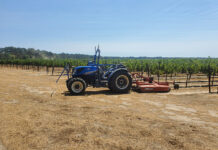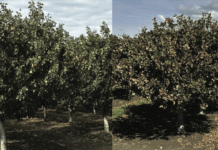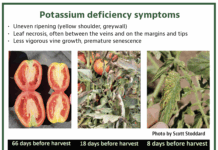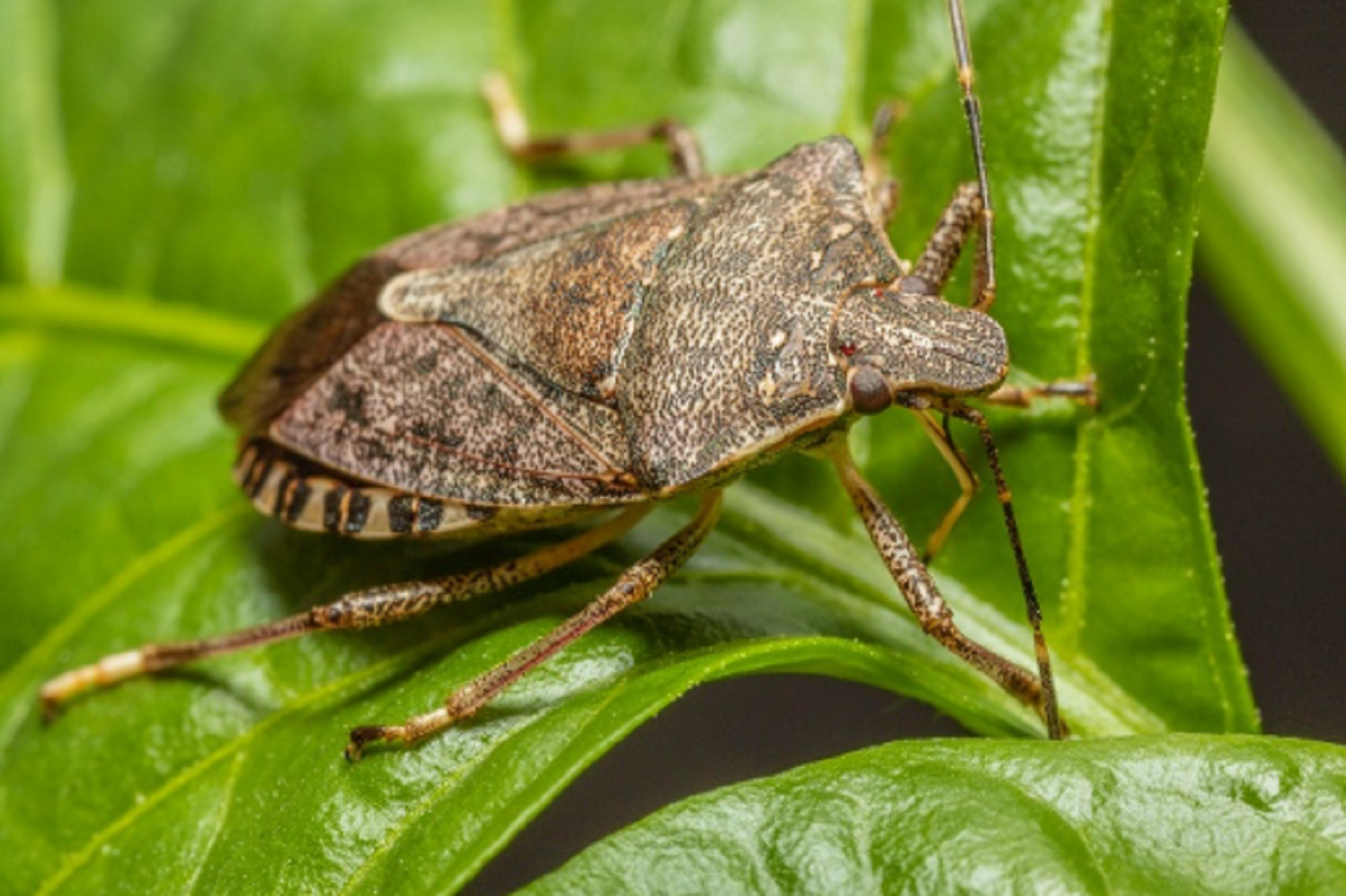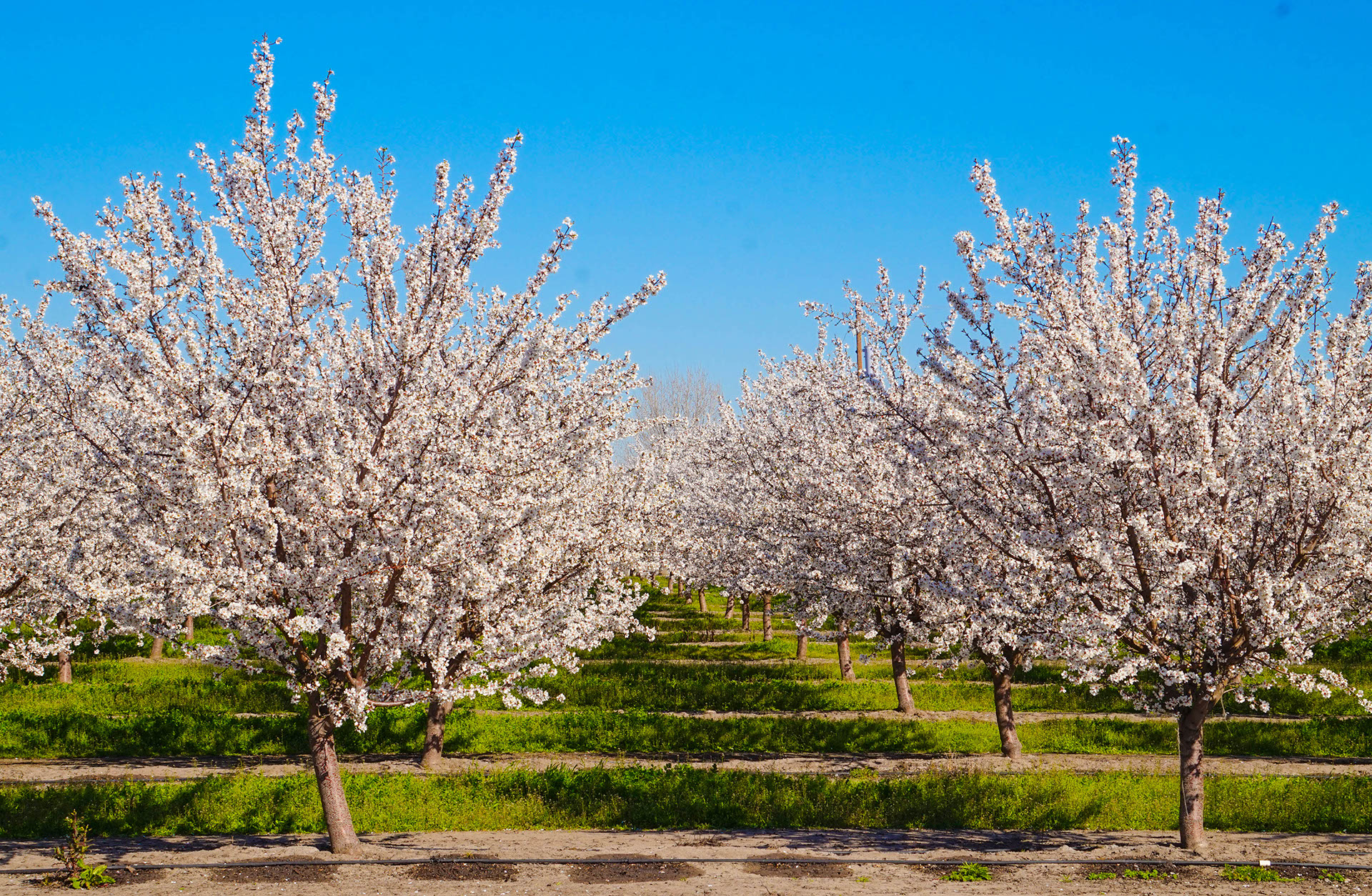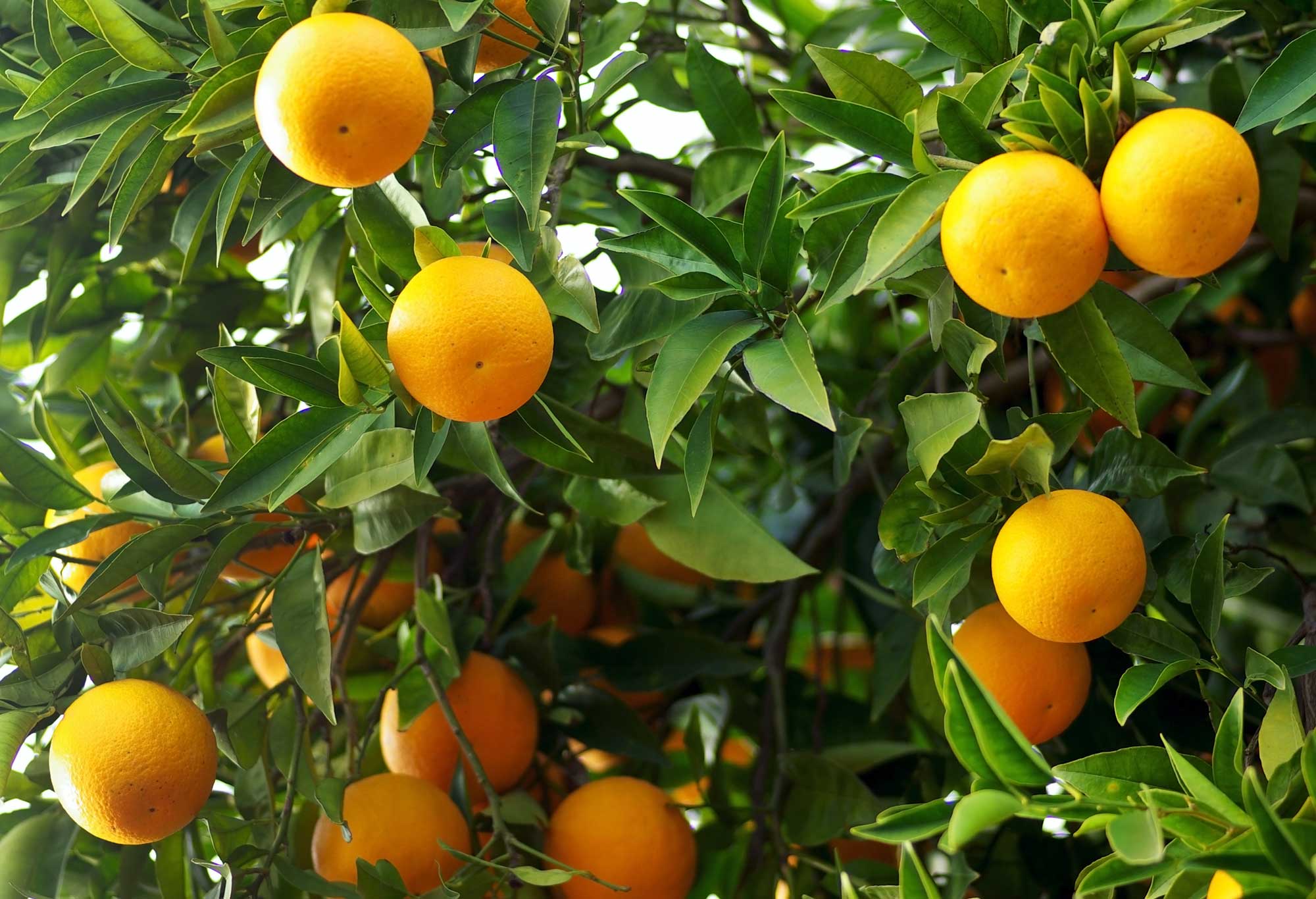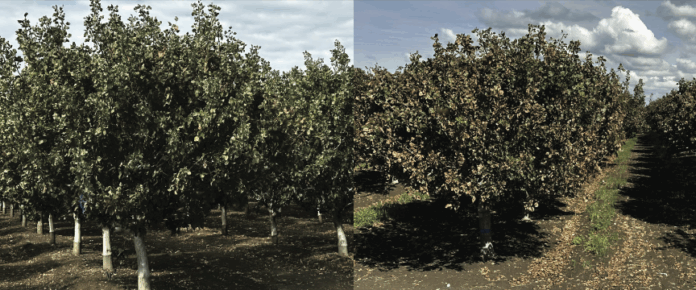
Listen to the audio version of this article (generated by A.I.)
Biostimulants are a natural “hack” to bridge the gap between average and better crops. While a growing segment of our industry promotes natural products to balance economic and environmental goals, probably the best reason to use these products is to improve crops with better nutrient use efficiency (NUE) and greater resilience to stress, creating a better return on investment. Reducing inputs while achieving better crops is a win-win. So maybe the biggest barrier for most growers to adopt biostimulants and more sustainable programs is that the chemistry of natural products and their mode of action (MOA) is new and unfamiliar.
Understanding biostimulants comes by knowledge of plant metabolism and how plants use metabolic molecules to grow. General chemistry is adequate for understanding ionic chemical bonds, soil chemistry, fertilizers, spray tank compatibilities and typical inputs for farming. But biochemistry and plant metabolism are more complex. Biochemistry is based on the covalent bonds of things like water and carbon compounds like proteins, enzymes and sugars. Covalent bonds allow for chemical reactions in the plant to be cyclical and oxidative or reductive. In plant metabolism, the sugars, starches and proteins can either be built up or broken down depending on what’s going on in the plant’s reactions to its environment and nutritional status of the crop.
The harvestable crop develops over the course of the growing season. Metabolism is how the plant makes and accumulates carbohydrates, lipids and proteins. These primary metabolites are essential to plant growth. Secondary metabolites are synthesized in later stages of growth when genetic signaling calls for plant defenses, hardening or maturation. They are not directly involved in structural growth. Efficient production of both primary and secondary metabolites determines crop yield and quality in the end.
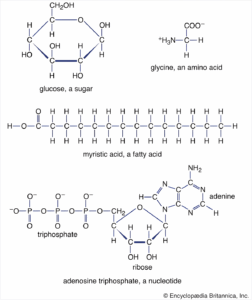
Biostimulants Provide Needed Metabolic Support
In the case of permanent crops, getting off to a good start each year depends on starting with reserves built up from the metabolism of the previous season. For both annual and permanent crops, the root zone can either be friendly or challenging to the development of the plant. Root-zone metabolism continues even during times when the top is not growing. The potential for a good crop can be protected and preserved under most situations by keeping an eye on plant metabolism with a crop-friendly fertility program and a few timely biostimulant applications.
The metabolic machinery of the plant operates like a bank account in terms of the energy the plant can generate and store in the form of metabolic molecules. Some plant processes build energy while others use it up. Metabolism can be sped up or slowed down. Conditions, imbalances and toxicities can slow photosynthetic and respiratory rates, slow the movement of nutrients and plant solutes, reduce chlorophyll and lower turgor. When this happens, crop development is set back. Choosing crop inputs with an eye on always optimizing plant metabolism pays off.
Metabolic molecules have what are called carbon skeletons based on the atomic structure of the carbon atom and its ability to form covalent bonds with other atoms and functional groups. Everything in the plant is carbon-based. Because of the covalent bonds in carbon skeletons, the chemical structures of carbohydrates, aminos, proteins and lipids can be made and rearranged in the plant into rings, chains or longer chains. Longer amino acid chains can be folded into enzymes and proteins. When a functional group or compound is called for by plant genetics, a carbon skeleton is modified to meet the need. The energy to build these organic molecules comes from using a portion of the sugars and ADP that were just made in photosynthesis and respiration. Simple math of adding and subtracting what the plant can make on a cellular level results in the plant vigor and reproductive health that we see visibly in the field.
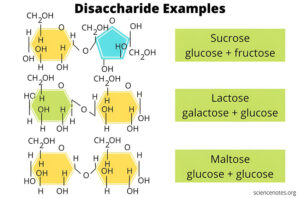
Biostimulants Can Offset Plant Energy Costs
In recent years, academics and researchers have dived deeper into understanding plant biochemistry and metabolism. The thing most biostimulant products have in common is that the material itself comes from recent or ancient living animal or plant metabolism. These materials can “hack” the system by providing a carbon or amino energy boost for the crop. Many of these materials either contain or elicit 1) signaling compounds and/or 2) useful carbon skeletons for the plant. These metabolic molecules would otherwise cost the plants energy to synthesize. Environmental conditions and the nutritional status in the field will not always allow the plant to synthesize the metabolic compounds we can apply with a biostimulant product. A few examples will begin to support this concept.
Seaweed products are known to contain several carbon-based metabolic compounds, including polysaccharides, low-weight organic acids, a variety of signaling compounds, phenolics and a range of macro and micronutrients. These products have been widely used and accepted as reliable biostimulants without a full understanding of the way that they provide growth effects and the modulation of crop stress. Some studies show hormone-like responses even when the detectable levels of hormone in the product do not fit the hormone response model. Current understanding points to the polysaccharide components or, in other words, metabolic material from the seaweed. We do not know the exact MOA for the results we see. Polysaccharide content (sugars) can contribute to growth but cannot fully explain all the responses observed. Natural products come as a package. Multiple cofactors are included.
Sources and Benefits of Natural Biostimulant Inputs
In commercial agriculture, biostimulant benefits have been mainly explained as plant stress management through reactive oxygen species scavenging and the antioxidant properties of the product. Cleaning up reactive species and the byproducts of stress helps restore plant function, but the business of metabolic work needs to go to the next stages of crop development. A higher rate of metabolism helps.
Most of the primary metabolites crops need are made in the chloroplasts of the leaves. Biostimulant products can reduce the degradation of chlorophyll and even increase chlorophyll synthesis. This is easy to observe when the leaves are a nice green color and are working well. Higher chlorophyll levels can be maintained even under stressful conditions. Nutrition definitely plays a role, but NUE from biostimulants can keep the metabolism working under less-than-optimum conditions. Nutrition and metabolism are cofactors.
The market has introduced several plant-derived biostimulants that are protein hydrolysates from agricultural byproducts. These products have been developed for their sustainability and profitability. The hydrolyzed plant products contain peptides, proteins and amino acids with crop performance benefits. These are great sources of carbon skeletons.
Desert plant extracts are another category of biostimulants. Like seaweed, desert plants contain metabolic compounds to support plant growth in their unique environment. But where sea plants are adapted to grow vigorously in an environment naturally regulated with a narrow range of temperatures, filtered light, salinity and nutrients in the ocean, the desert plants are adapted to grow slowly in the extremes of heat and cold, extended drought and extreme solar radiation. They come from the exact opposite environment as seaweed. They are loaded with secondary metabolites like terpenoids, phenolics like flavonoids and tannins, antioxidants and alkaloids.
The concentration level of secondary metabolites is a significant part of what makes each plant species unique. This gives the species their unique ability to adapt to their environment. Secondary metabolites are a plant’s essential oils, deeper colors and their scents and flavors. These are the sources for plant-based medicines and traditional remedies, as well as the material for some biopesticides and biostimulants.
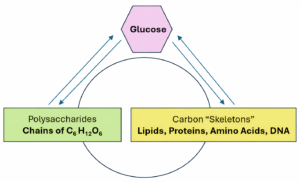
Desert plant extracts contain substances called saponins, which are biostimulants with an additional attribute that’s useful in agricultural applications where mixing and blending of materials is important. These unique natural molecules have one side that combines with water while the other side combines with fats, making them both a surfactant and an emulsifier. Manufacturers of organic fertilizers have used saponins to improve their formulations. This same characteristic has made desert plant extracts an important ingredient in the cosmetics industry, in popular beverages, and they have an increasingly important function for pharmaceuticals. Native Americans used these extracts to make soaps and shampoos. These plant extracts would not be useful in these applications if not for their antifungal and antibacterial properties.
For applications in the root system, the dual attraction of natural saponins to both water and fats improves exchanges between root exudates and the soil solution and stimulates growth of both roots and microbials. One saponin product from Quillaja has an EPA registration as an effective organic nematicide. New uses for desert plant extracts in commercial agriculture are being researched.
The broad purpose of this article is to show a scientific basis for the increasing use of biostimulants in cropping programs. When plant extracts, protein hydrolysates, humic substances, aminos or other carbon-based inputs are used, crops can find what they need for plant metabolism, even during stressful conditions. Metabolism is the engine of plant growth. Biostimulants and carbon-based crop inputs can be the pick-and-pull of used metabolic plant parts to keep the engine running.
References
Di Sario, L.; Boeri, P.; Matus, J.T.; Pizzio, G.A. Plant Biostimulants to Enhance Abiotic Stress Resilience in Crops. Int. J. Mol. Sci. 2025, 26, 1129. https://doi.org/ 10.3390/ijms26031129
Martínez-Lorente, S.E.; Martí-Guillén, J.M.; Pedreño, M.Á.; Almagro, L.; Sabater-Jara, A.B. Higher Plant-Derived Biostimulants: Mechanisms of Action and Their Role in Mitigating Plant Abiotic Stress. Antioxidants 2024, 13, 318. https:// doi.org/10.3390/antiox13030318
The Molecular Life of Plants; R. Jones, Wiley-Blackwell, American Society of Plant Biologists 2013



